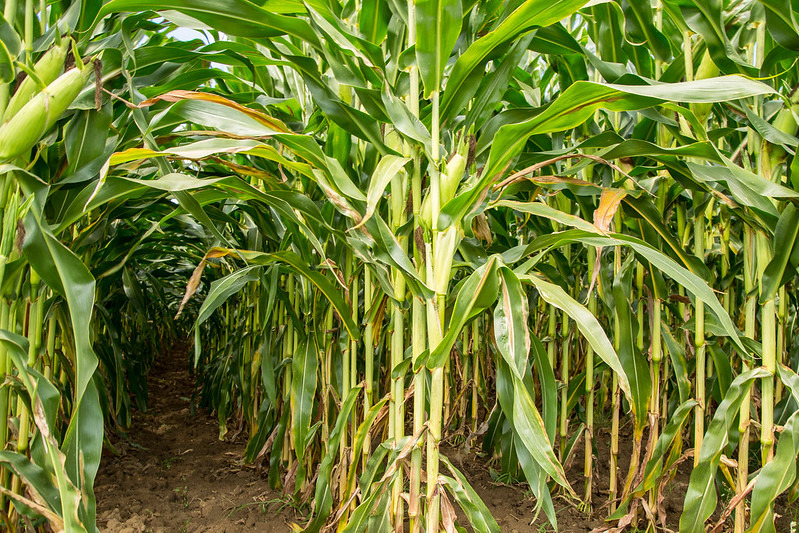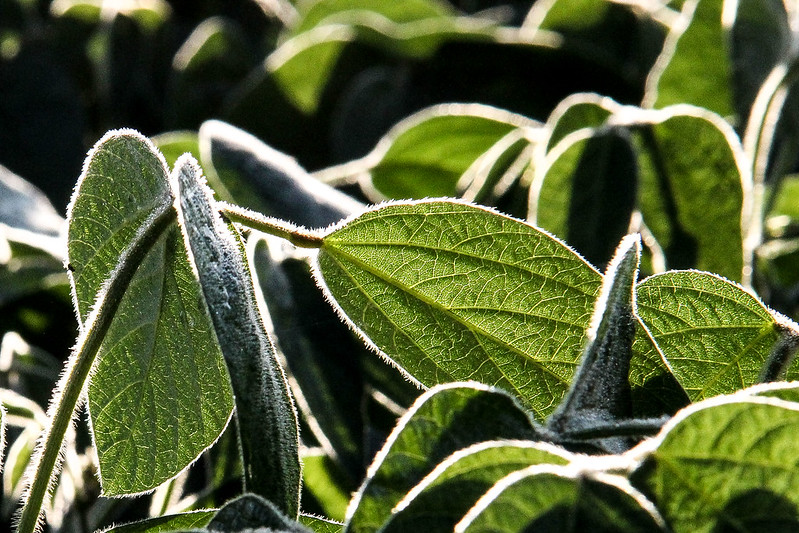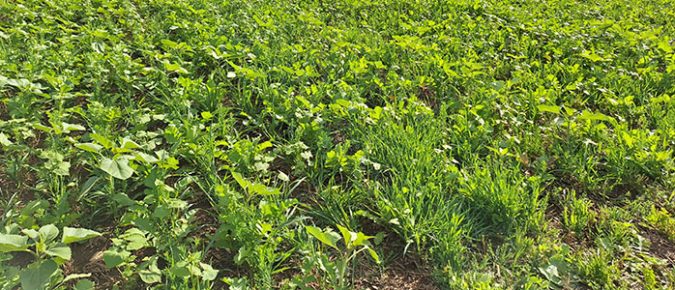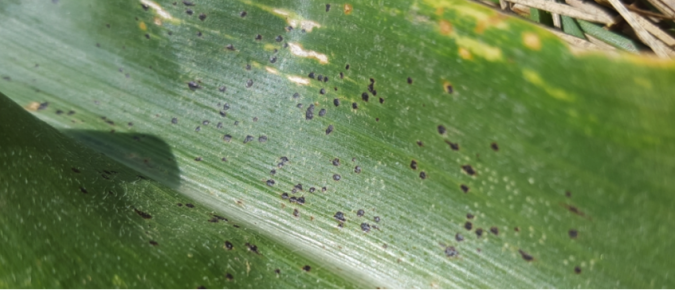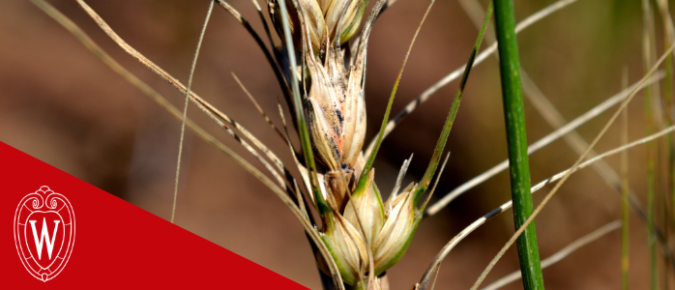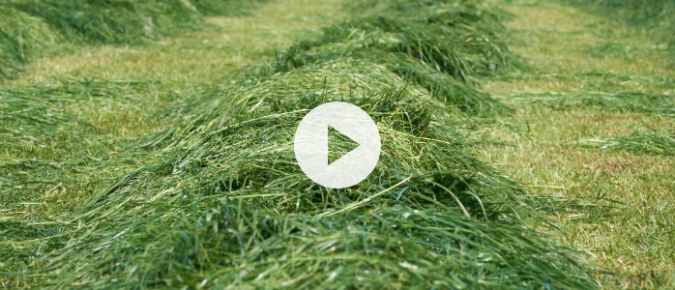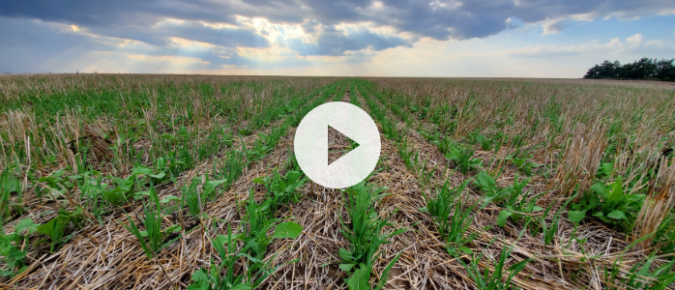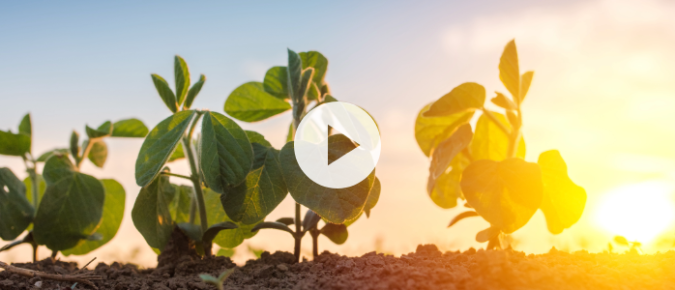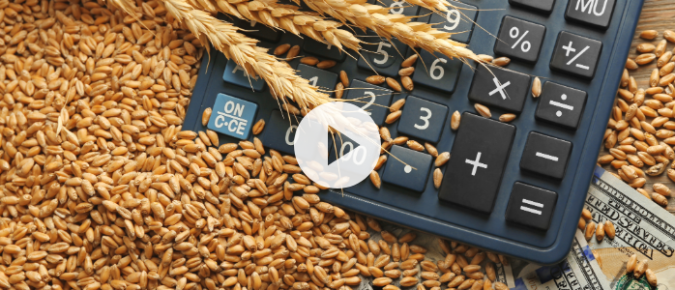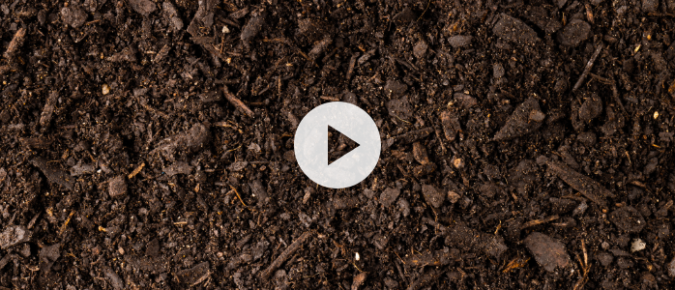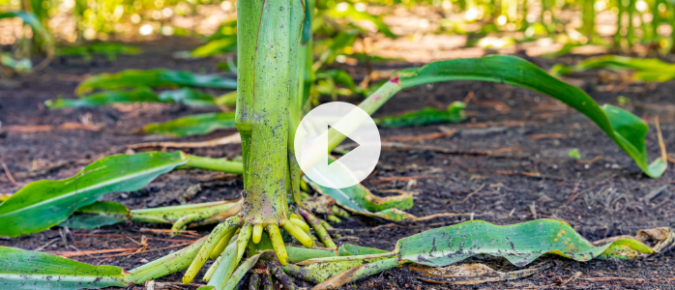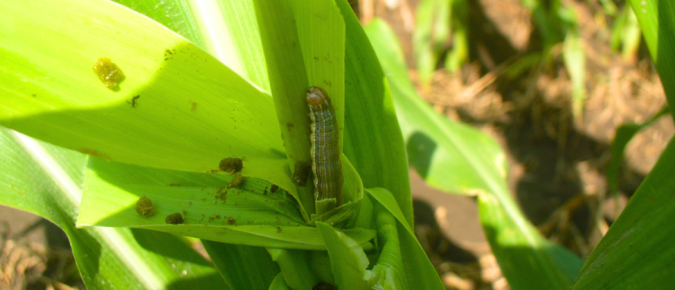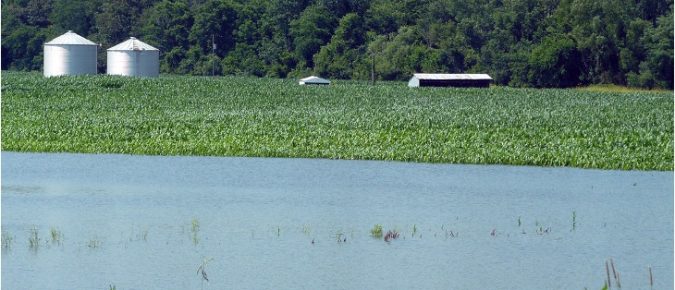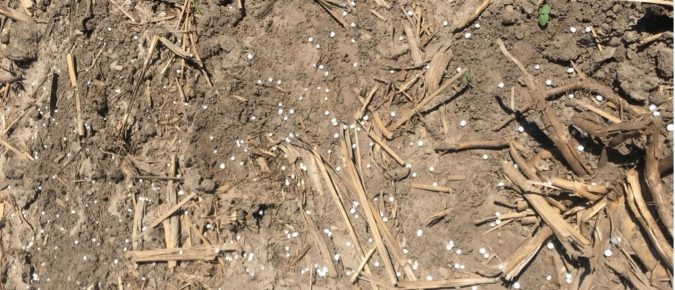Harvesting small grains or processing crops in the summer months provides a great opportunity to plant a variety of cover crop species that can achieve several different benefits or goals such as soil erosion protection, nitrogen (N) supply to subsequent grain crops, and weed suppression.
Damon Smith, UW–Madison Extension field crops pathologist, and Michael Geissinger, outreach specialist with UW-Madison Extension Nutrient & Pest Management in Northwest Wisconsin, talk about the conditions this year, what that means for tar spot development, and management considerations for controlling it if it shows up in your field.
DON (deoxynivalenol or vomitoxin) is a mycotoxin produced by the fungus responsible for Fusarium Head Blight (FHB), a common and economically important disease in small grains. DON is a problem because it is toxic to humans and animals. Grain grown on-farm and fed to livestock should be managed properly to avoid negative effects.
The July 10 Badger Crop Connect webinar featured Jose Franco, a research agronomist with the U.S. Dairy Forage Research Center (USDA). Jose summarized current research efforts at the U.S. Dairy Forage Research Center on cover crops and continuous living cover. Ongoing research includes cover crop breeding efforts, work on alternatives to winter cereal rye following corn silage and some of the benefits of including flowering cover crops, and a whole systems approach to dairy forage systems evaluations.
The July 10 Badger Crop Connect webinar featured Dane Elmquist, a conservation cropping outreach specialist in the UW–Madison Division of Extension Agriculture Institute. Dane gave an overview of the Wisconsin Cover Crop Citizen Science network and highlighted project results. He also showcased the project’s interactive data dashboard and provided information on how to participate in the project for the 2024-2025 season.
The June 26 Badger Crop Connect webinar featured Dr. Brenda Boetel, Professor and Department Chair of Agricultural Economics, and Extension Agricultural Marketing Specialist at UW–River Falls. The grain markets are off of their February 2024 lows; however, prices still remain lower than what farmers have experienced the previous few years.
Dr. Mitchell opens with a quick update on prevented planning options with crop insurance and where we are with crop progress and crop conditions based on USDA NASS data. He then examines various indicators about the current state of farm finances in this year of projected tight margins for corn and soybeans, such as land values, loan repayment rates, interest rates and inflation. Discussion focuses on financial steps farmers can take now as they prepare for fall. Dr. Mitchell closes with some updates on where Congress is with the Farm Bill and some of the changes being proposed for commodity support and crop insurance.
The June 12 Badger Crop Connect webinar features Dr. Natasha Rayne, a new Extension faculty specialist in soil fertility. Dr. Rayne introduces us to her and her work and research in soil fertility.
The June 12 Badger Crop Connect webinar features Chris Clark, an outreach specialist in NE Wisconsin with the UW–Madison Extension Nutrient and Pest Management Program; Chris presents about pre-sidedress nitrate and plant tissue testing to help you capture a nutrient deficiency you don’t know about in your field this season.
True armyworm (Mythimna unipuncta) is a pest of corn and small grains known for migrating in large groups when its preferred food source is depleted. Pastures and grassy hay fields are also at risk of damage.
Farming is a business that cannot avoid weather risks. A significant challenge farmers face is dealing with excessive water, especially flooded and saturated soil.
Various soil and environmental factors such as soil texture, pH, cation exchange capacity (CEC), soil moisture, relative humidity and windspeed at the time of and directly following application affect ammonia volatilization. This article reviews soil properties and environmental factors that affect ammonia loss (AL) from surface applied urea and discuss management strategies to reduce AL from applied urea-based fertilizer.

